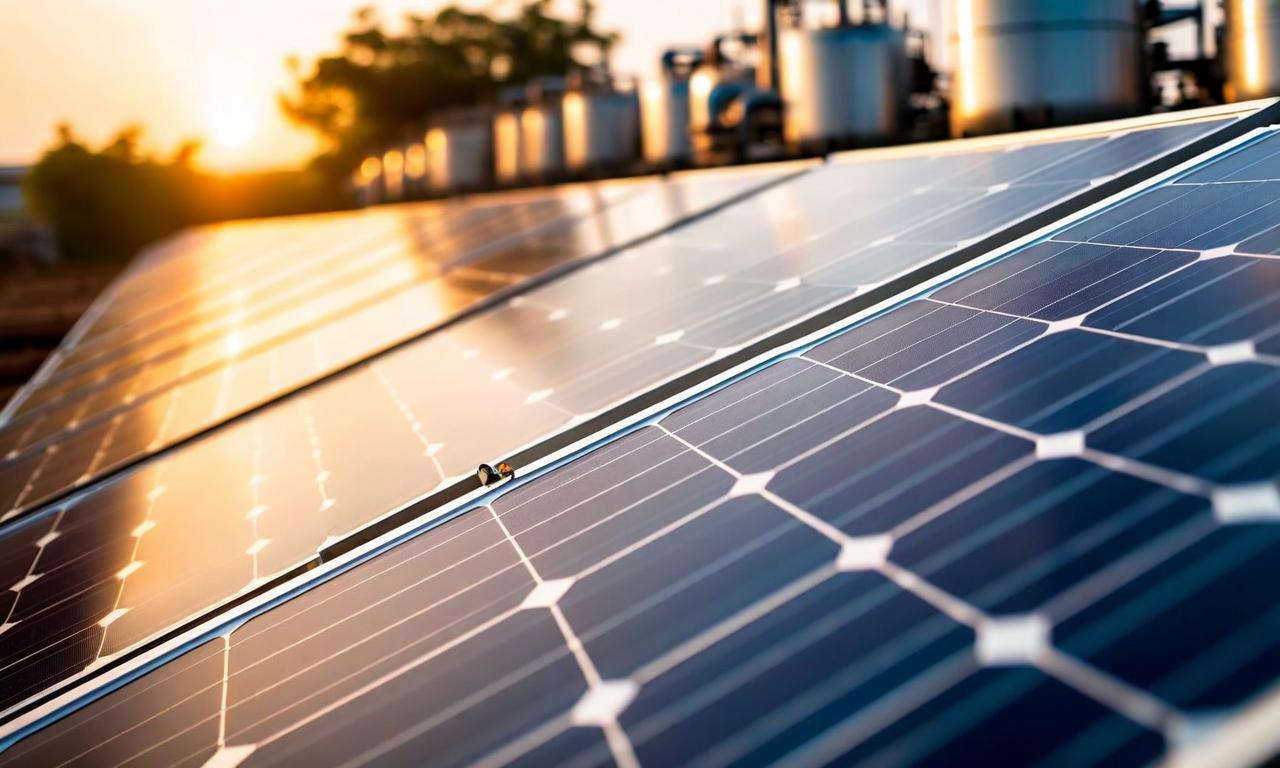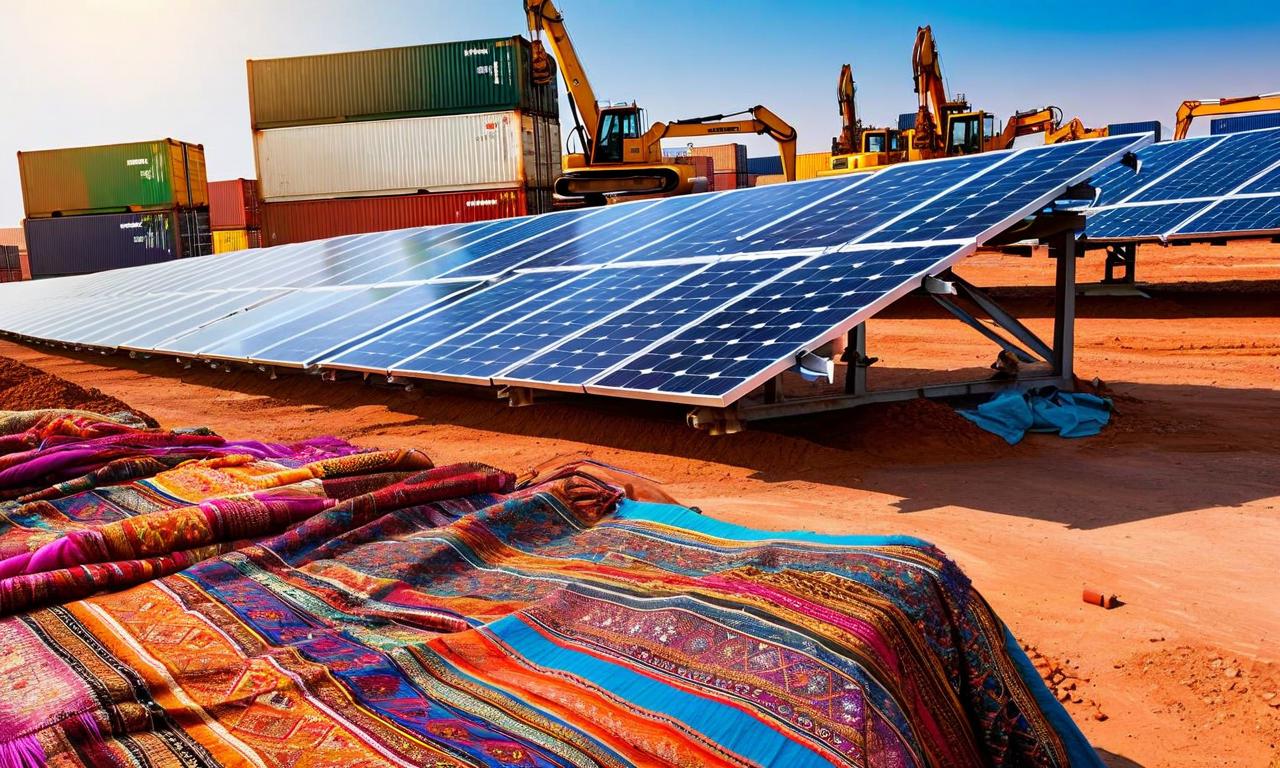India Proposes Anti-Dumping Duties on Chinese Solar Cells to Protect Domestic Industry
India's Directorate General of Trade Remedies (DGTR) recommends anti-dumping duties on solar cell imports from China for three years, ranging from 23% to 30% of CIF value. The proposal aims to protect domestic solar industry from dumping practices. DGTR also suggests duties on other products from various countries. The decision awaits finance ministry approval. This move could impact India's solar energy sector, potentially benefiting domestic manufacturers but increasing costs for project developers.

*this image is generated using AI for illustrative purposes only.
India's Directorate General of Trade Remedies (DGTR) has recommended the imposition of anti-dumping duties on solar cell imports from China, a move aimed at safeguarding the domestic solar industry. The proposal, if implemented, could significantly impact the solar energy sector in India and its trade relations with China.
Key Points of the Recommendation
- Duration: The anti-dumping duties are proposed for a period of three years.
- Duty Rates: Ranging from 23.00% to 30.00% of the CIF (Cost, Insurance, and Freight) value, depending on the Chinese firm involved.
- Rationale: The DGTR concluded that solar cells were being exported to India below their normal value, causing injury to the domestic industry through dumping practices.
Broader Implications for Trade
The recommendation extends beyond the solar industry, with the DGTR also proposing anti-dumping duties on several other products:
| Product | Origin | Duty Range | Duration |
|---|---|---|---|
| Virgin Multi-layer Paperboards | Chile and China | $152.27 to $221.36 per ton | 5 years |
| Soda Ash | Turkey, Russia, USA, and Iran | Not specified | 5 years |
| Calcium Carbonate Filler Masterbatch | Vietnam | $31.58 to $75.00 per ton | Not specified |
Trade Deficit and Policy Context
This move comes against the backdrop of India's significant trade imbalance with China:
- India currently maintains a trade deficit of approximately $100 billion with China.
- The country has previously imposed anti-dumping duties on various products to address the issue of cheap imports.
Decision-Making Process
It's important to note that while the DGTR makes these recommendations, the final decision on implementing these duties lies with the finance ministry. The proposed measures reflect India's ongoing efforts to protect its domestic industries from what it perceives as unfair trade practices.
Potential Impact on the Solar Industry
If implemented, these anti-dumping duties could have far-reaching effects on India's solar energy sector:
- Domestic Manufacturers: May benefit from increased protection against cheaper Chinese imports.
- Solar Project Developers: Might face higher costs for solar cells, potentially affecting the overall cost of solar installations.
- Renewable Energy Goals: Could impact India's ambitious renewable energy targets, as the country has been relying significantly on imported solar components.
The proposed anti-dumping duties underscore the complex balance India is trying to strike between protecting its domestic industries and maintaining its renewable energy growth trajectory. As the final decision awaits, stakeholders in the solar industry and related sectors will be closely monitoring developments in this space.

























